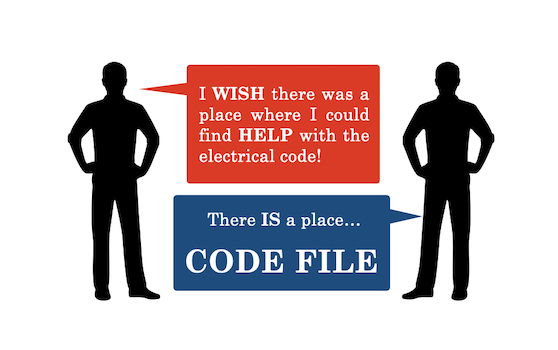
Uncategorized
Code File
Codes & Standards
Electrical safety at the lake • Code File April 2020
May 8, 2020 | By David Pilon

May 8, 2020 – With the arrival of warmer weather comes water sports: swimming, boating, waterskiing, sailing and even fishing! People are starting to get their boats ready, and soon they’ll head out to the cabin to get it all ready to go. Boats will be launched, docks and boat houses will be built, and pumps will be installed in the lakes to water the yards.
So how does this affect us when it comes to electrical safety? For some, the term Electrical Shock Drowning will be new. The reason is that it looks like drowning and is often only detected long after the fact with system testing or through multiple incidents or multiple victims. In the U.S., they have created an advocacy group known as the ESDPA or the Electric Shock Drowning Prevention Association. They are very concerned with the use of electricity on or around water and are continuing to promote the changes coming with the 2020 National Electrical Code as well as barring swimming in harbours supplying shore power to boats.
In Canada, we may be wondering what the issue is. As far as many of us know, we don’t have these concerns; but in fact, we do, and the changes that took place in the 2018 CE Code are meant to address these concerns as well as create a safer environment for our families to enjoy water sports.
The first and most notable is the requirement that feeders to panels or distribution equipment which may supply power to locations near or on the water, or to equipment which may extend into the water, must be GFI protected at 30ma. This would include boat houses, docks, wharves and fixed or floating piers providing shore power to boats.
While it takes only 10ma to disable a person and prevent their ability to swim, call out or self-rescue, at 30ma, they would need to be relatively close to the point where the fault is implied onto the water and hopefully the 30ma will be exceeded and cause the protection to trip and effectively prevent injury or death. Therefore, in the U.S., they have made it mandatory to post warnings about electric shock around docks with power distribution for shore power.
When it comes to cabins at the lake, we must not only be aware of our dock, but what about our neighbours’? If you have ever seen a cord run on the dock out to the boat to charge the battery, operate the boat lift or run a thruster, then you may well have seen a potential for Electric Shock Drowning. Often the cords at the cabin are the ones that don’t work as well at home anymore, or they are worn from age and exposure. They are often looped around the metal piers of the dock and around the metal boat lift; all of which, if energized, present a hazard to Electric Shock Drowning.
The CE Code 78-050 now requires that any 15A or 20A receptacles located on the exterior of a boat house, fixed or floating piers, docking facilities or wharves be protected by a Class A GFI. Note that the code is stating that the receptacles must be protected, not that they must provide GFI protection. That means that the feed to the receptacle must be protected as well. So, in most cases, this means the protection will either be a faceless device near the panel or breakers mounted directly in the panel.
There are also several changes to the wiring methods in 78-056 for corrosion protection, including an increase in the bonding conductor minimum size if installed around salt water (Ref. 78-058).
Remember, if you see a cord running down a dock, you may want to speak to people about the use and condition of the cords and the necessity for ground fault protection, and potentially save a life or two. Enjoy the summer and be safe, not only on the water, but in and around your docks.
For more information, visit the Electric Shock Drowning Prevention Association’s website at www.electricshockdrowning.org.
About the author…
David Pilon is an electrical inspector with SaskPower, the utility’s training co-ordinator for electrical inspectors and vice-chair of the Canadian Certified Electrical Inspector (CCEI) committee of the International Association of Electrical Inspectors (IAEI), Canadian section. He can be reached at dpilon@saskpower.com.
This article—along with other great content—appears in the April 2020 edition of Electrical Business Magazine.
Print this page